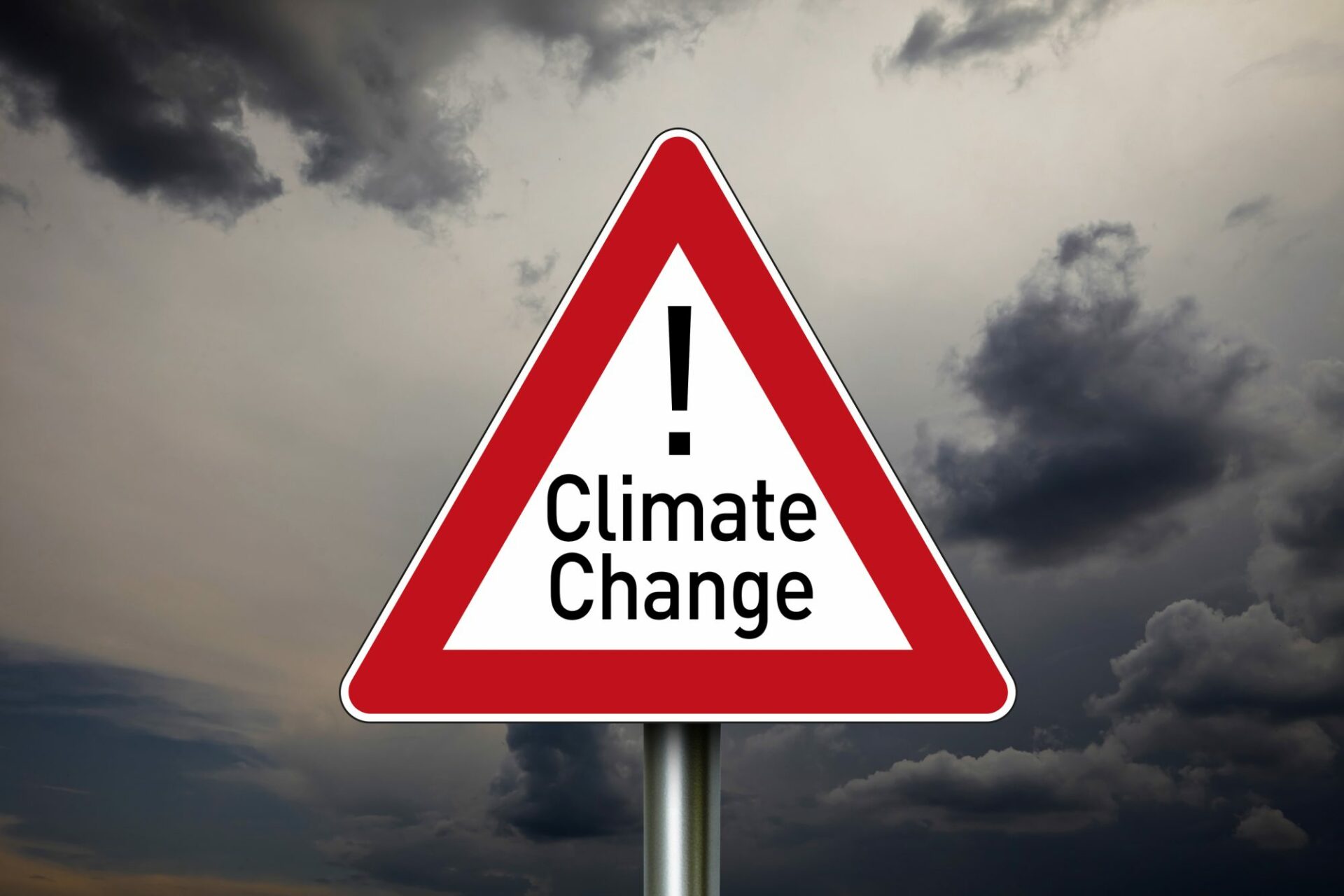While delegates at the COP27 climate conference debate the common problem of climate change, each country faces its own set of challenges and threats.
The United Nations climate science agency issued a major report on adapting to a warmer world in February, detailing how that effort would differ from place to place. While glaciers melt and coastlines rise in some countries, others will face raging wildfires and extreme heat, according to the Intergovernmental Panel on Climate Change report.
As communities seek to adapt, this will necessitate new investments and solutions. Here are a few examples of how climate change will affect countries in each region:
Europe faces heat stress
The 2019 summer heatwave was only a taste of what is to come for Europe if global warming exceeds 3 degrees Celsius. Heat stress and heat-related death would more than double, if not triple, at such temperatures compared to 1.5C.
Beyond 3 degrees Celsius, “the adaptation potential of people and existing health systems is limited,” according to the IPCC report.
Damage from coastal flooding is expected to exceed the sinking of Venice by at least tenfold by the end of the century.
Moreover, despite Europe’s relative wealth, current adaptation measures are inadequate. Scientists predict that heat death, crop failures, and water rationing will continue in Southern Europe in the coming decades.
North America fights wildfires
Large wildfires in the western United States and Canada will continue to burn forests and darken skies, destroying nature and livelihoods while contributing to air and water pollution.
Even if global warming is limited to 1.5 degrees Celsius, many parts of the United States will face severe storms and hurricanes, as well as flooding from rising sea levels and storm surges.
The country’s Fifth National Climate Assessment, released on Monday, warned that these events would jeopardize “the things Americans most value,” including safe homes, healthy families, public services, and a sustainable economy. According to the IPCC, such climate impacts would also disrupt global supply chains and international trade.
In the Arctic, melting sea ice, rising temperatures, and thawing permafrost will push many species to extinction. Scientists predicted that summer sea ice would completely disappear by 2030 in a new report released on Monday.
Climate change in Central and South America cause droughts
The Amazon rainforest and the thousands of different plants and animals that live there are extremely vulnerable to drought and wildfires, which are exacerbated by farmers clearing trees for agriculture.
Droughts, storms, and flooding will worsen in the Andes, northeast Brazil, and Central America. These effects, when combined with geopolitical and economic instability, could result in waves of migration.
More people may become ill as a result of the mosquito-borne diseases zika, chikungunya, and dengue fever.
Asia hit by insect-transmitted diseases
According to the report, countries with territory in the Himalayan mountains or its foothills could face sudden flooding events. It includes countries such as China, India, Nepal, and Pakistan. Water can form lakes as the ice melts behind rocky ridges. When those rocks give way, water rushes down, threatening downstream mountain communities.
Mosquitoes that can transmit diseases such as dengue fever and malaria will inevitably spread further south. Warmer temperatures and heavy rains will aid this process.
Hundreds of millions of people will be on the move as well. A September World Bank report warned that climate impacts could force 216 million people to migrate within their own countries by 2050. It will happen due to such as water scarcity and declining crop yields.
Africa is especially vulnerable to climate change
Africans are especially vulnerable to heat stress because they live on the world’s hottest continent. If global warming exceeds 1.5 degrees Celsius (2.7 degrees Fahrenheit) above pre-industrial levels, at least 15 more people per 100,000 will die from extreme heat each year. This is according to the IPCC estimation.
Africa’s population probably will grow faster than any other continent in the twenty-first century. Many people will live in coastal cities. More than 200 million Africans will suffer from sea level rise by 2060.
Lagos, Nigeria’s coastal capital, is on course to become the world’s most populous city by 2100. Population growth across the continent may exacerbate resource scarcity.
Irreversible nature changes in Australia
Beyond 1.5 degrees Celsius, Australia’s Great Barrier Reef and kelp forests will reach a hard adaptation limit, undergoing irreversible changes due to marine heatwaves. According to the IPCC, tourism revenue would plummet dramatically.
Extreme fires would pose a threat to southern and eastern Australia, as well as parts of New Zealand.
As Australia’s forests dry out, alpine ash, snow gum woodlands, and northern jarrah forests will collapse.

